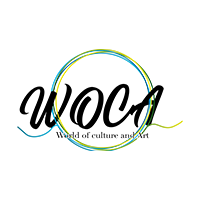Fatemeh Zoulfaghari

Fatemeh Zoulfaghari
MINAKARI
1 Courses
IRAN
Introduction to the Traditional Art of ''MINAKARI" by Fatemeh Zoulfaghari
In this video, Fatemeh Zoulfaghari who is a professional Traditional Handicraft Artist in Iran. She is master in minakari
Subscribe for more traditional and Indigenous Artists’ content on Woca.
About “MINIKARI”
The Art of Iranian Minakari (Enameling)
Minakari, also known as enameling, is one of the most exquisite and ancient forms of Iranian art. It involves the intricate decoration of metal surfaces with vibrant and colorful enamel. Minakari reflects the artistic heritage and craftsmanship of Iran, blending traditional techniques with cultural and religious motifs.
History of Minakari in Iran
Minakari dates back to at least 1500 BCE, with evidence of similar techniques found in ancient Persia. Historically, this art flourished during the Safavid dynasty (1501–1736), a period known for its advancements in art and architecture. The term “Mina” is derived from the Persian word “Minoo”, meaning heaven, which reflects the heavenly beauty of the designs.
Traditionally, Minakari was primarily used to decorate royal items, such as jewelry, dishes, and ornamental pieces. Over time, the technique evolved and became widely applied to create everyday objects, from vases and plates to decorative panels.
Modern Minakari
Today, Minakari is a cherished craft in cities like Isfahan, which is considered the hub of this art. Artisans in Isfahan create a variety of traditional and modern designs, blending old techniques with contemporary styles to cater to global markets.
Minakari has also become a popular souvenir for tourists visiting Iran, helping to preserve the art form and provide livelihoods for artisans.


